Researchers from Uppsala University highlight a polymer synthesis strategy for biomaterials that could provide a boost for tissue regeneration research.
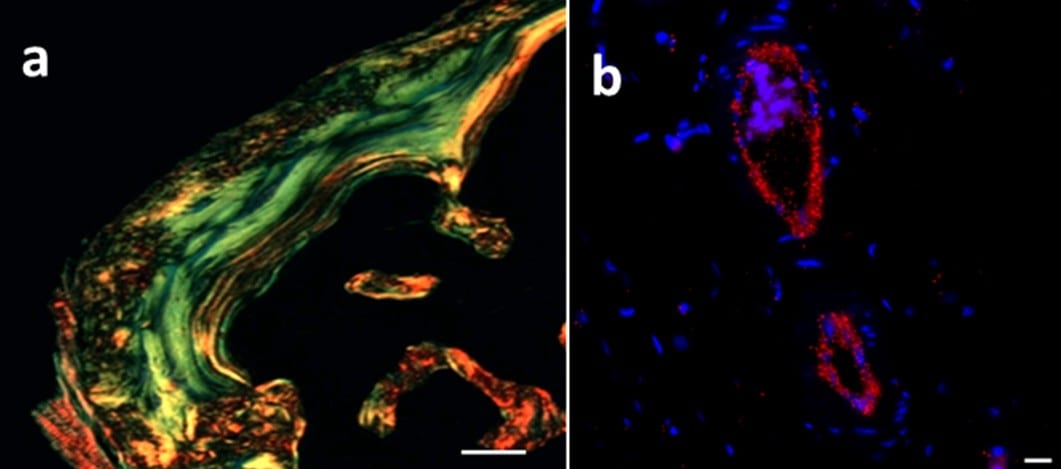

Researchers from Uppsala University highlight a polymer synthesis strategy for biomaterials that could provide a boost for tissue regeneration research.
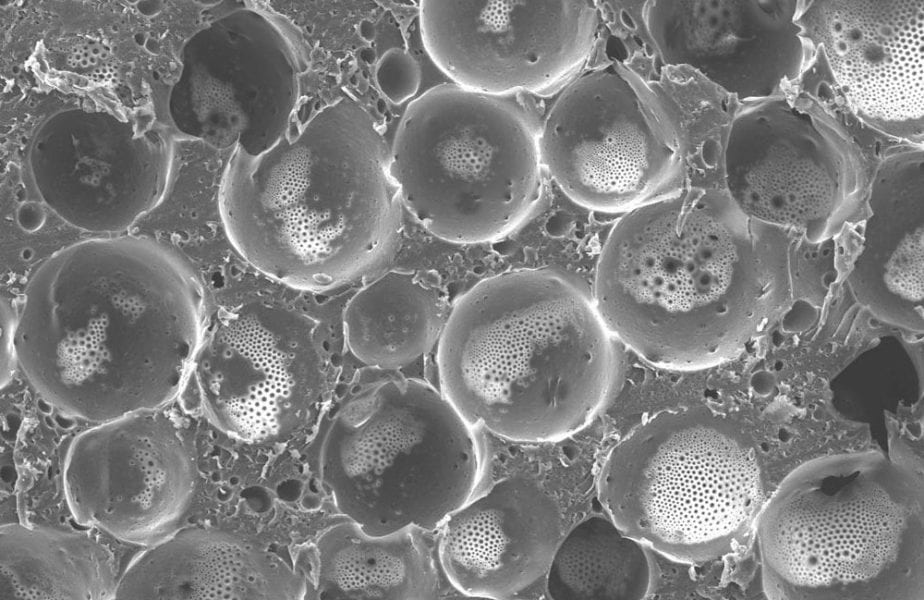
A new bone adhesive made with polyurethane and hydroxiapatite hierarchical nanocomposites shows great mechanical strength and biocompatibility.
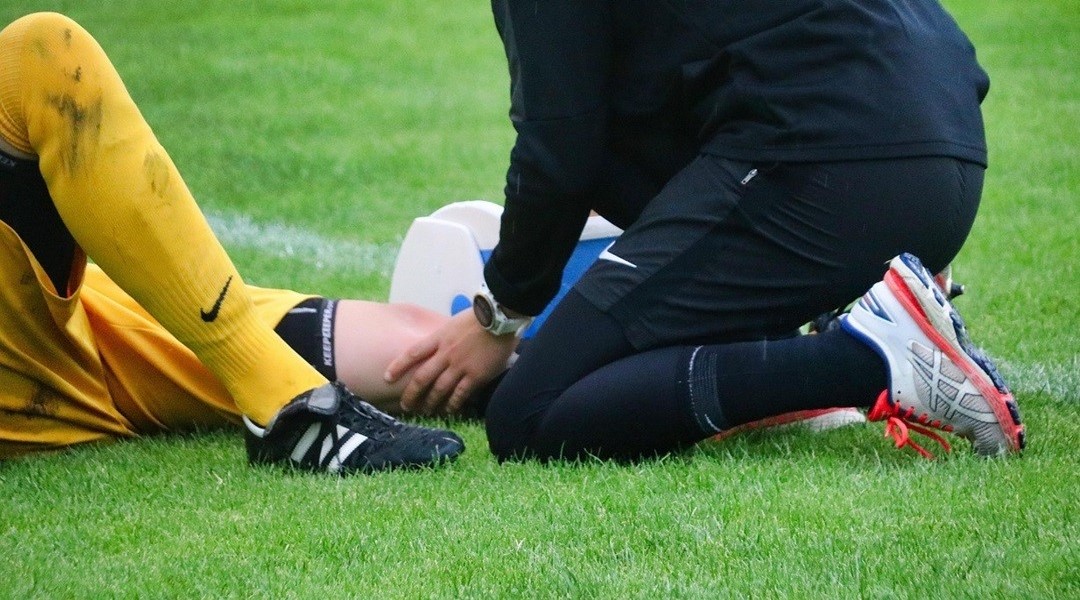
Cell-laden hydrogels could promote tissue regeneration while avoiding immune rejection.
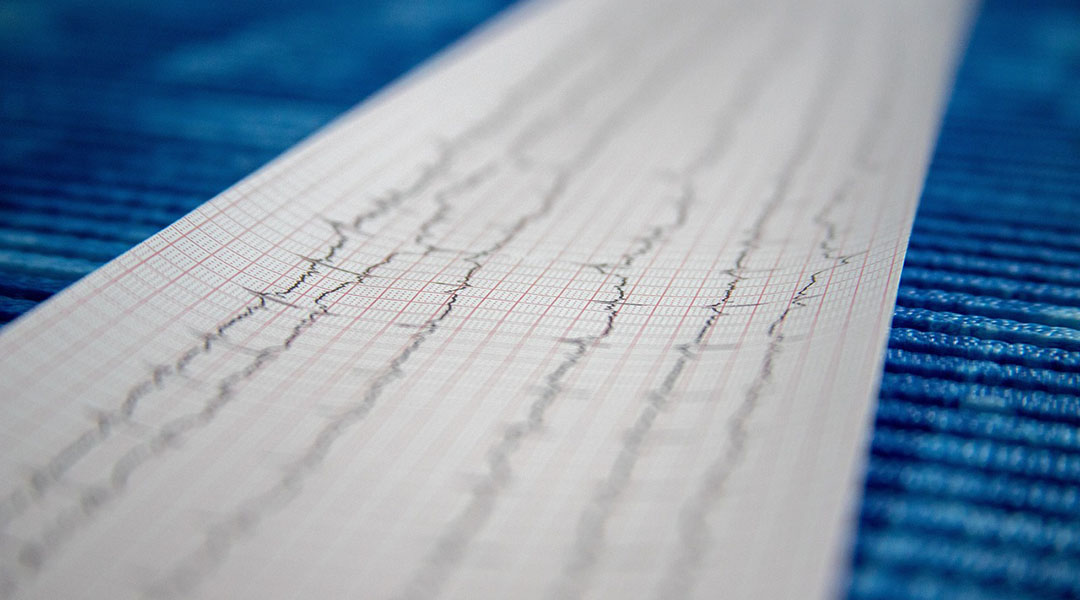
Smaller than a grain of rice, the pacemaker is designed with temporary interventions in mind.
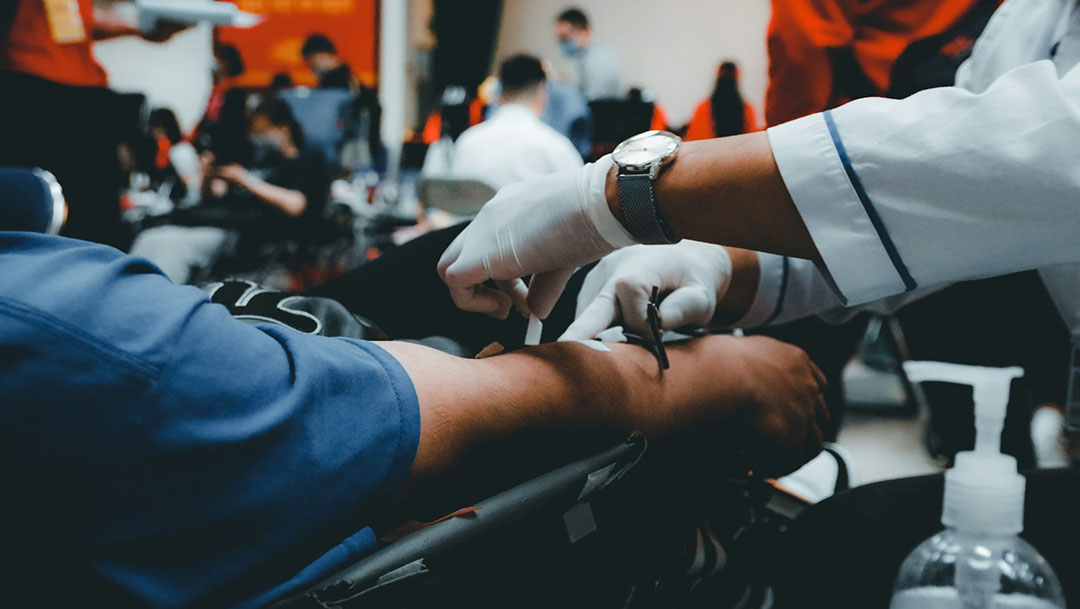
Regular blood donation may reduce preleukemic changes in blood cells, promoting health benefits and helping blood cells respond to stress over time.
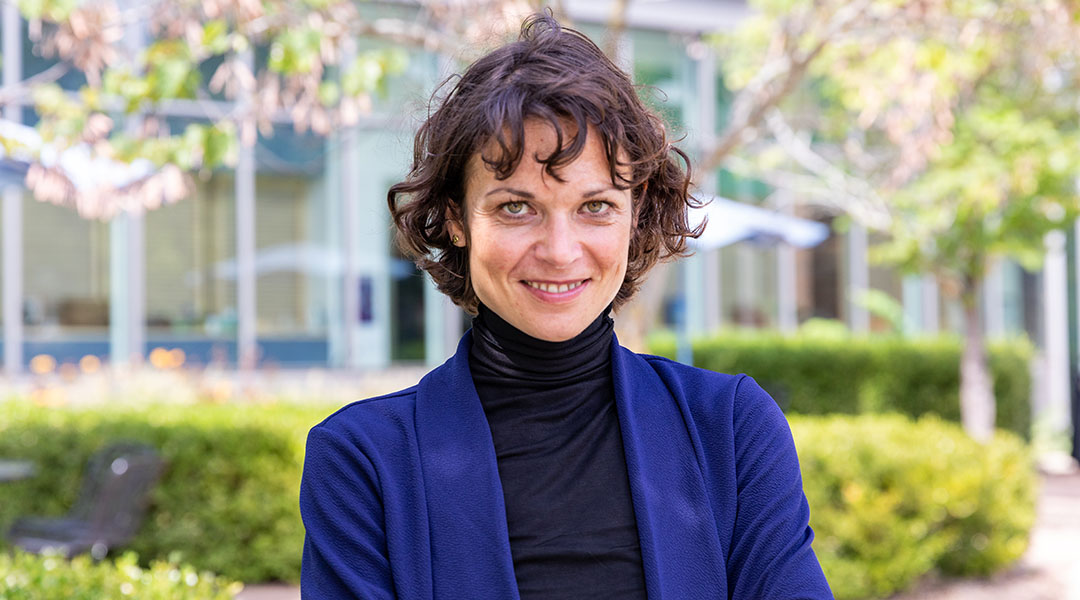
Recreating the material that surrounds cells, Loebel aims to better understand cell memory and its role in disease development.

Rectangular fiber optic cables could increase data transfer rates, benefiting telecommunications and quantum computing advancements.
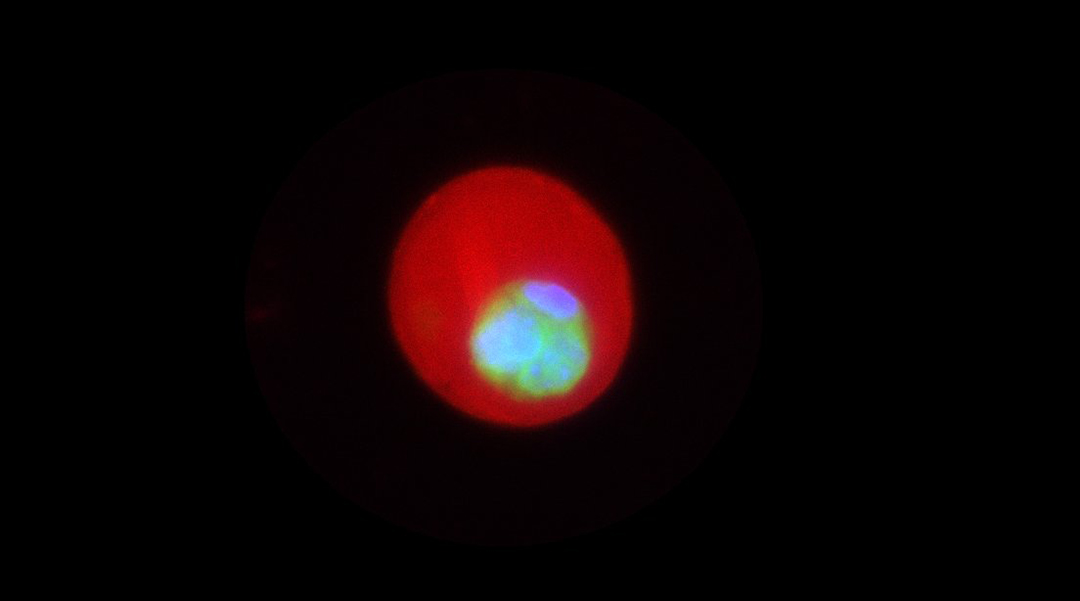
A new 3D cell culture allows researchers to study how mechanical pressure influences stem cells for regenerative medicine and cell therapy.
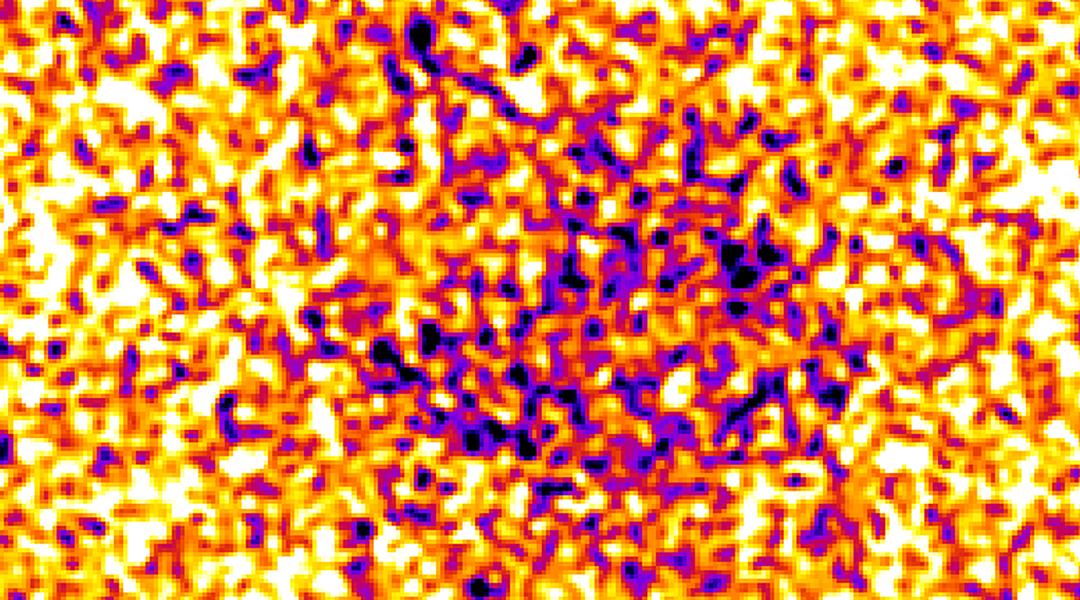
Scientists have built a microscope capable of live imaging of biological processes in such detail that moving protein complexes are visible.

Scientists are using crystal imperfections to generate secure encryption, paving the way for quantum-resilient data protection.